NASA has provided us with some of the most breathtaking glimpses into the cosmos, capturing the beauty and mystery of the universe in images that feel almost otherworldly. From distant galaxies to mesmerizing nebulae, these pictures allow us to explore realms beyond imagination. Here are ten incredible space images shared by NASA that give us a window into the wonders of space.
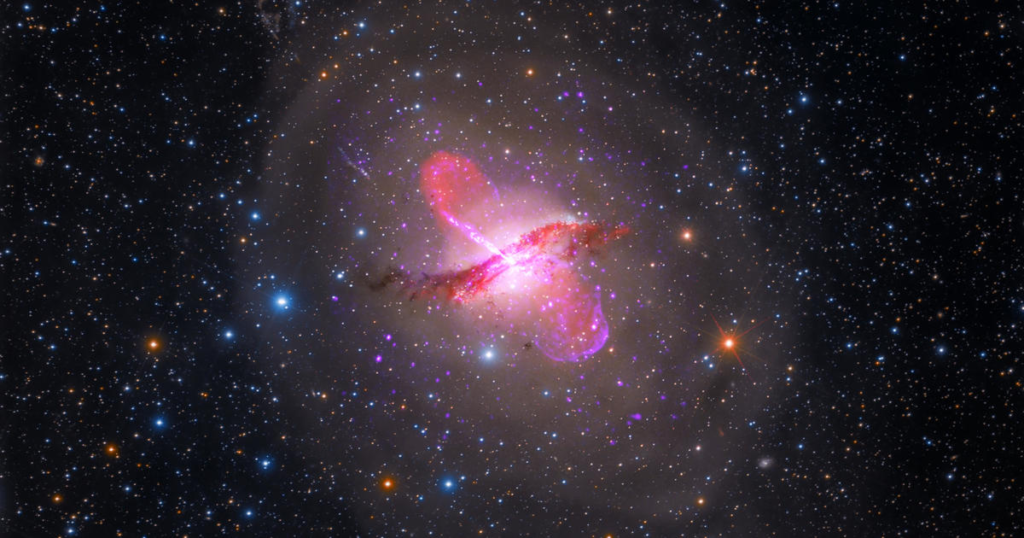
1. The Pillars of Creation (Eagle Nebula)
One of NASA’s most iconic images, the Pillars of Creation shows massive columns of gas and dust within the Eagle Nebula. These “pillars” are stellar nurseries, where new stars are forming, making it a breathtaking snapshot of star birth in action.
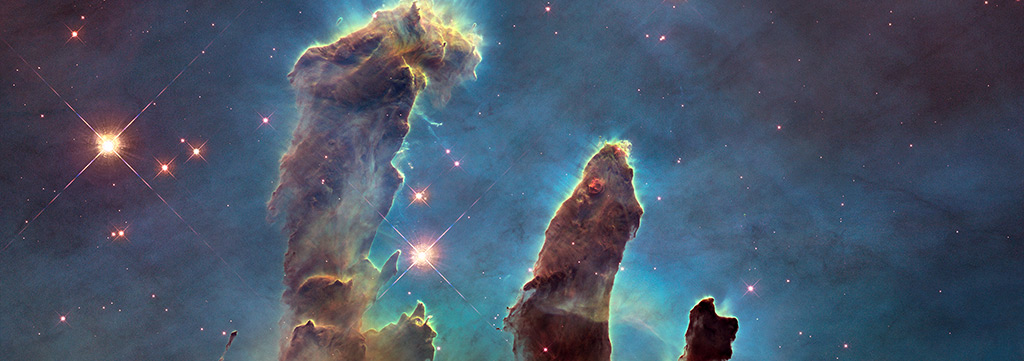
Fun Fact: The image was captured by the Hubble Space Telescope in 1995 and revisited with updated imaging technology in 2014, offering even more stunning detail.
2. The Andromeda Galaxy
Our neighboring galaxy, Andromeda, appears in this detailed image that showcases over a billion stars. Captured by the Hubble Space Telescope, this image covers an area of the sky larger than the moon and provides an impressive perspective on the scale of galactic structures.
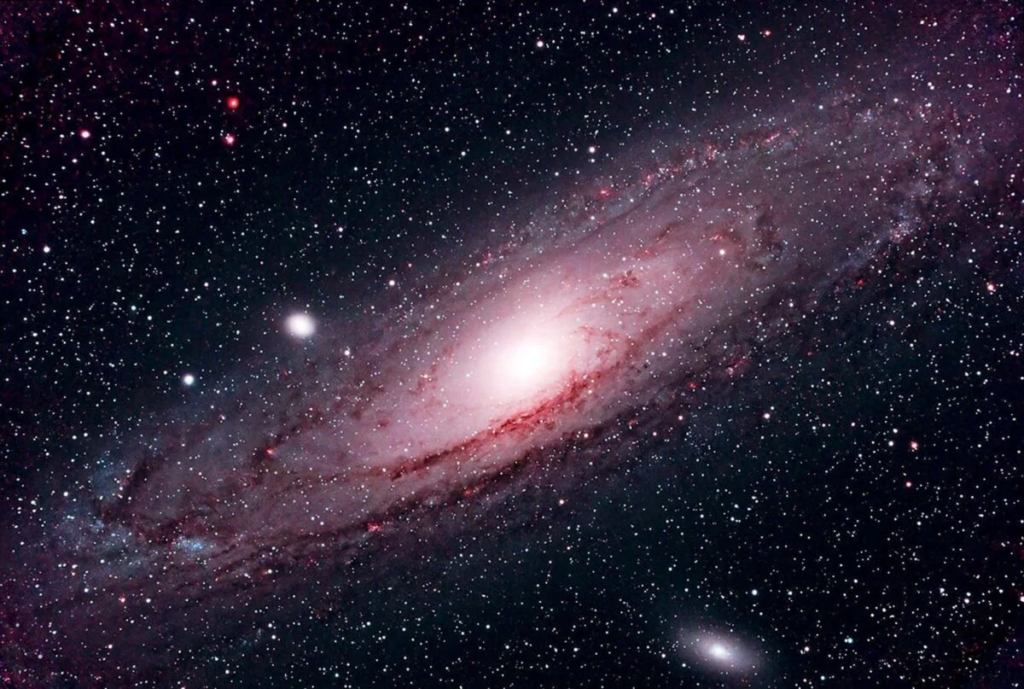
Fun Fact: Andromeda is the closest large galaxy to the Milky Way and is predicted to collide with our galaxy in about 4.5 billion years.
3. The Horsehead Nebula
This stunning image of the Horsehead Nebula, located in the Orion constellation, reveals an iconic dark cloud of gas and dust against a glowing background of stars. The shape of this nebula, resembling a horse’s head, is what earned it its name.
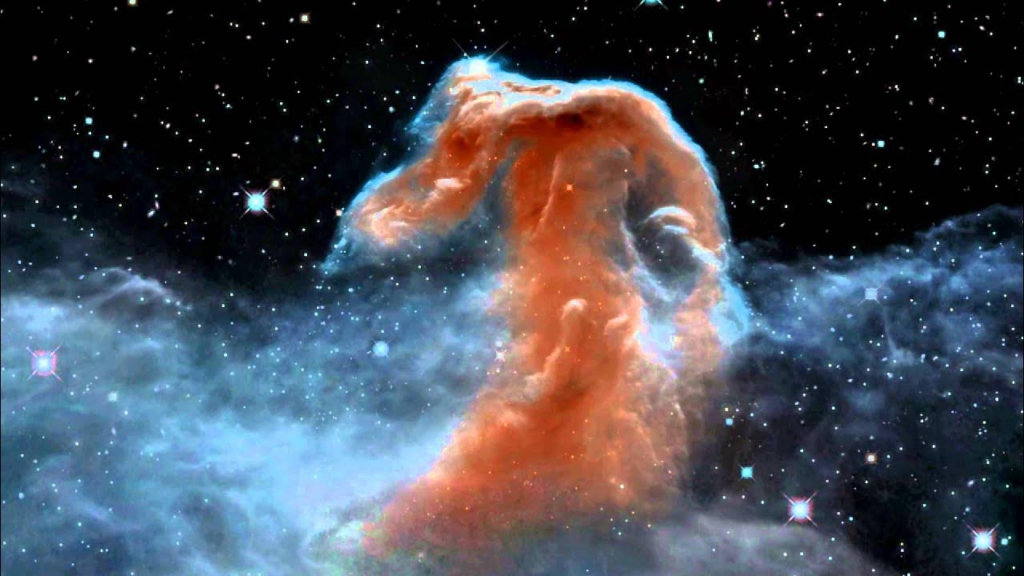
Fun Fact: This nebula is about 1,500 light-years from Earth and was first discovered over a century ago.
4. Jupiter’s Great Red Spot
NASA’s Juno spacecraft has provided us with close-up images of Jupiter’s Great Red Spot, a massive storm that has been raging for centuries. The swirling clouds and contrasting colors make this gas giant look like an artist’s canvas.
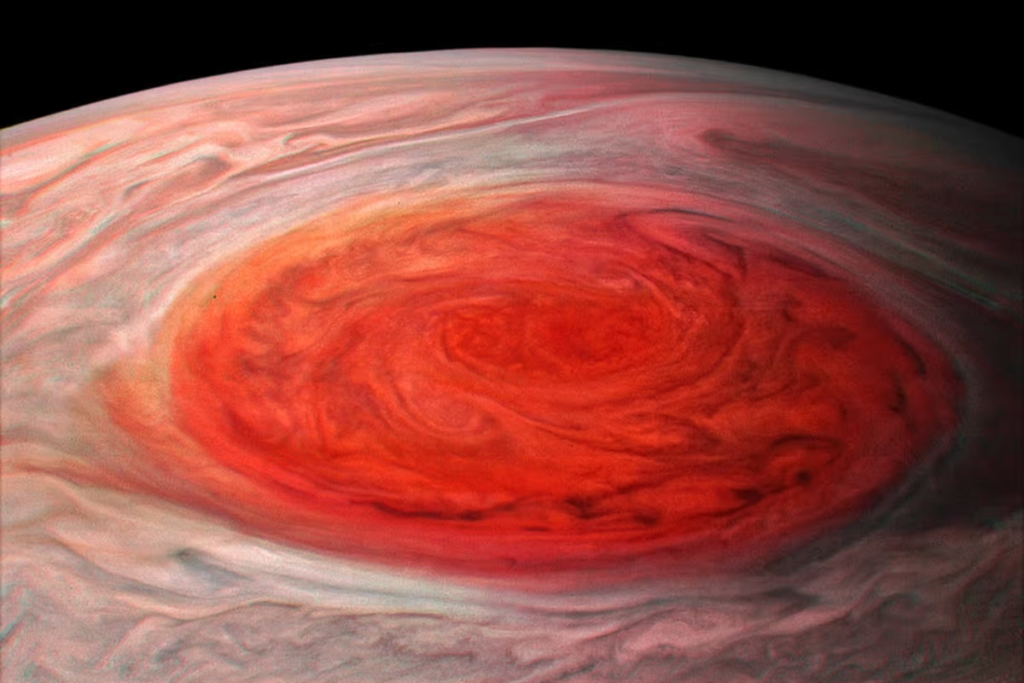
Fun Fact: This storm is so large that Earth could fit inside it!
5. The Sombrero Galaxy (M104)
Resembling a wide-brimmed hat, the Sombrero Galaxy is known for its striking appearance, with a bright core and prominent dust ring. Captured by Hubble, it’s one of the most photogenic galaxies in the cosmos.
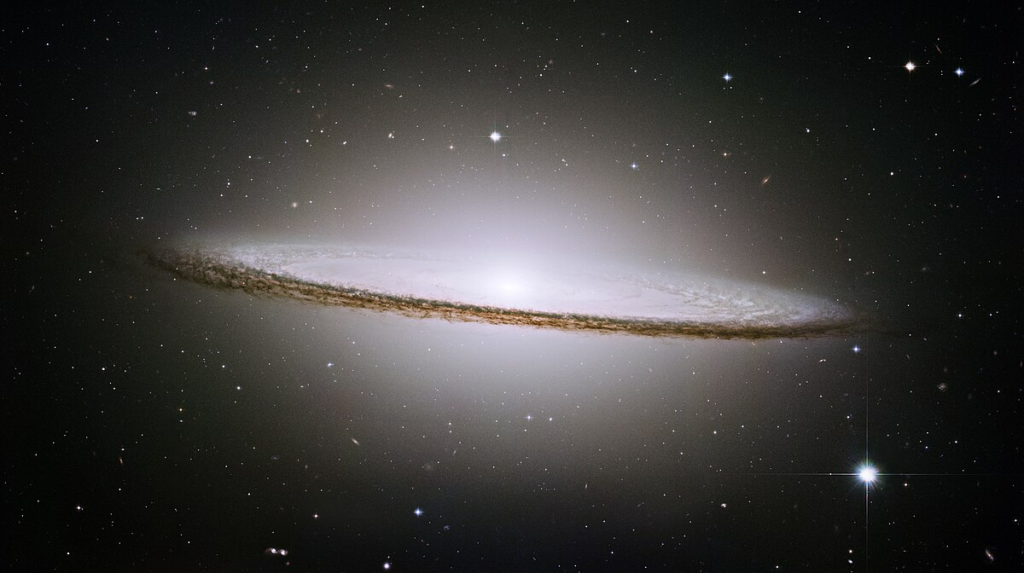
Fun Fact: The Sombrero Galaxy is located about 28 million light-years away from Earth.
6. The Carina Nebula
The Carina Nebula is home to some of the brightest and largest stars known. This NASA image reveals a vast, colorful region of gas and dust. The interplay of light and shadow, caused by radiation from young, hot stars, makes this nebula a stunning sight.
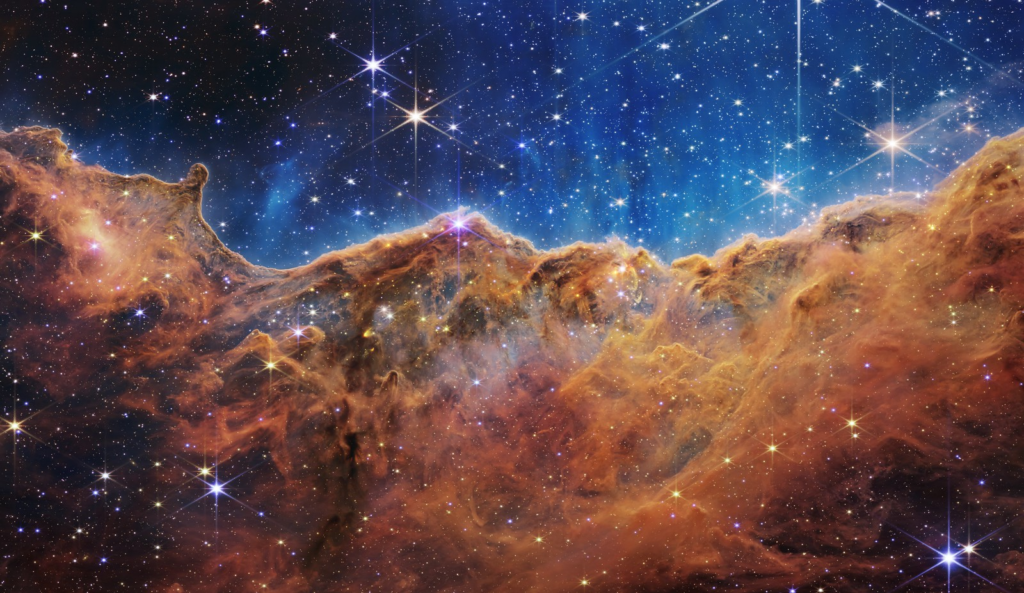
Fun Fact: The famous star Eta Carinae, one of the largest and most luminous stars, resides here.
7. Mars’ Surface (Curiosity Rover)
NASA’s Curiosity rover has sent back fascinating images of Mars, including landscapes that resemble deserts on Earth. The images reveal rocky terrain, canyons, and ancient riverbeds, shedding light on Mars’ geology and its potential to have once hosted water.
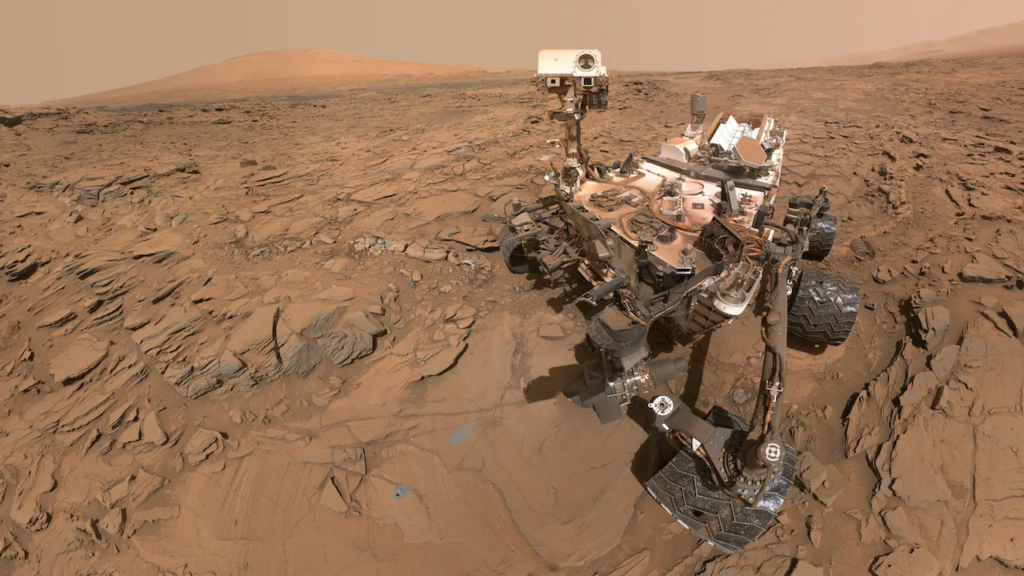
Fun Fact: Curiosity has been exploring Mars since 2012, and it’s still going strong!
8. Saturn’s Rings (Cassini Mission)
The Cassini spacecraft gave us unprecedented views of Saturn and its rings, revealing their delicate structure and the range of icy particles they contain. The intricate patterns and the planet’s golden hue make Saturn one of the most beautiful sights in our solar system.
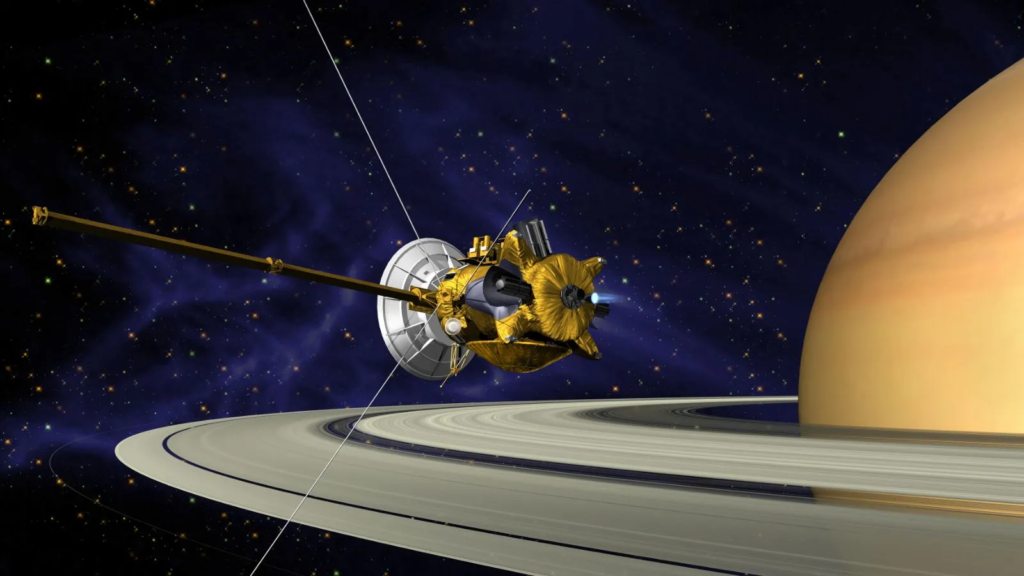
Fun Fact: Saturn’s rings are mostly made of ice, dust, and rock particles ranging in size from tiny grains to large boulders.
9. The Whirlpool Galaxy (M51)
This breathtaking view of the Whirlpool Galaxy shows its spiral arms in stunning detail, almost like a cosmic whirlpool. NASA captured this image using the Hubble Space Telescope, revealing the galaxy’s structure and star-forming regions.
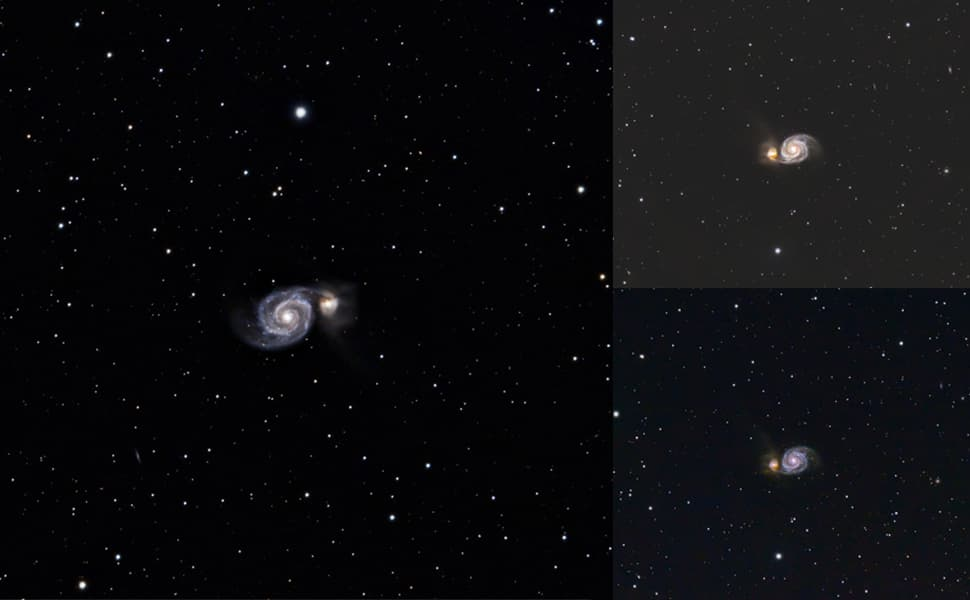
Fun Fact: The Whirlpool Galaxy is about 23 million light-years away and is currently interacting with a smaller galaxy, which enhances its spiral shape.
10. The Helix Nebula
Nicknamed the “Eye of God,” the Helix Nebula appears like a cosmic eye staring back at us. This planetary nebula is the result of a dying star shedding its outer layers, and its ethereal structure is truly mesmerizing.
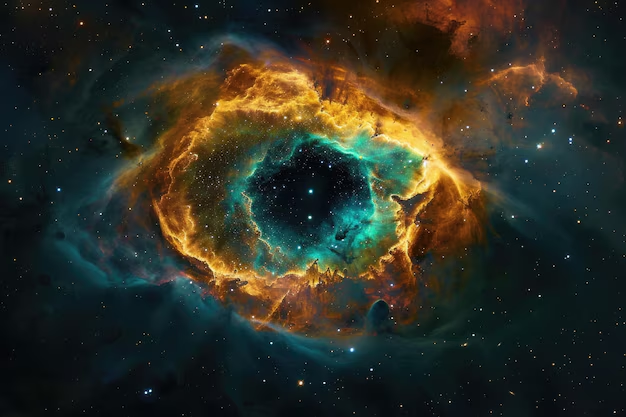
Fun Fact: The Helix Nebula is about 650 light-years away, making it one of the closest nebulae to Earth.
Conclusion
These stunning images from NASA showcase the incredible diversity and beauty of the cosmos. Through these images, we’re reminded of the boundless wonders beyond our planet and the ongoing discoveries that deepen our understanding of space. Each image is a small window into the universe’s grand tapestry, sparking curiosity and awe for the mysteries that lie beyond.